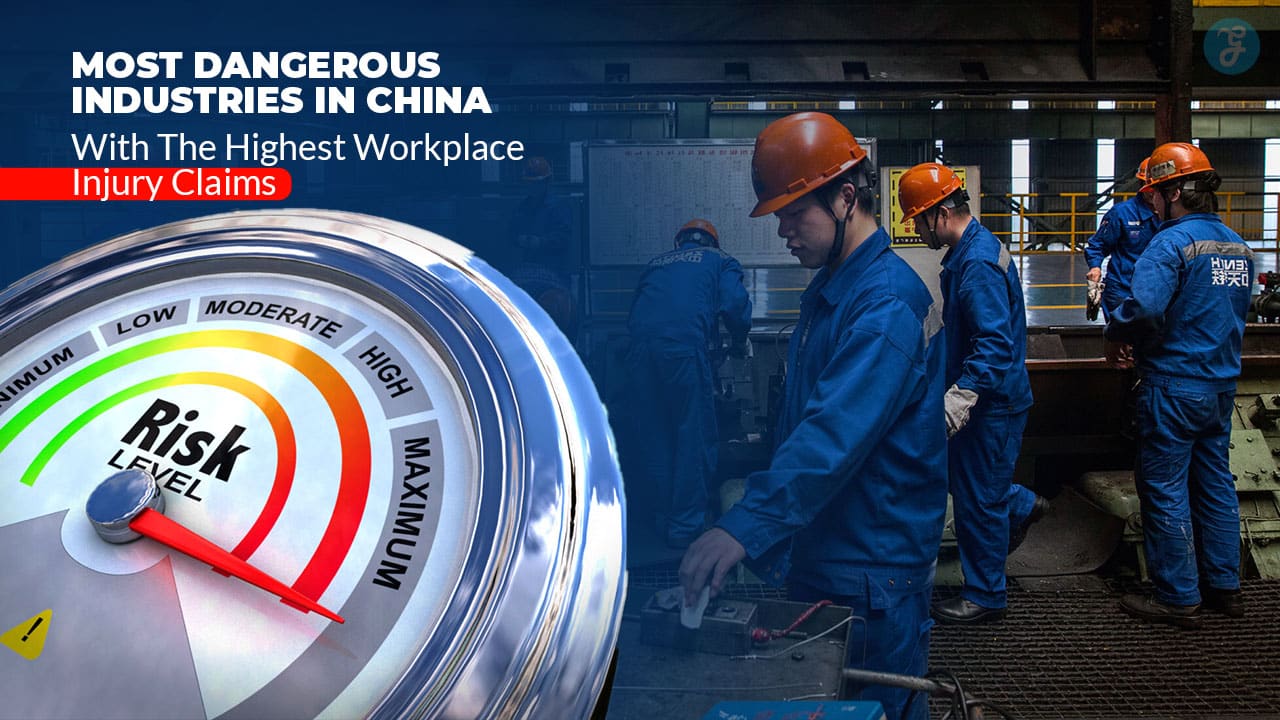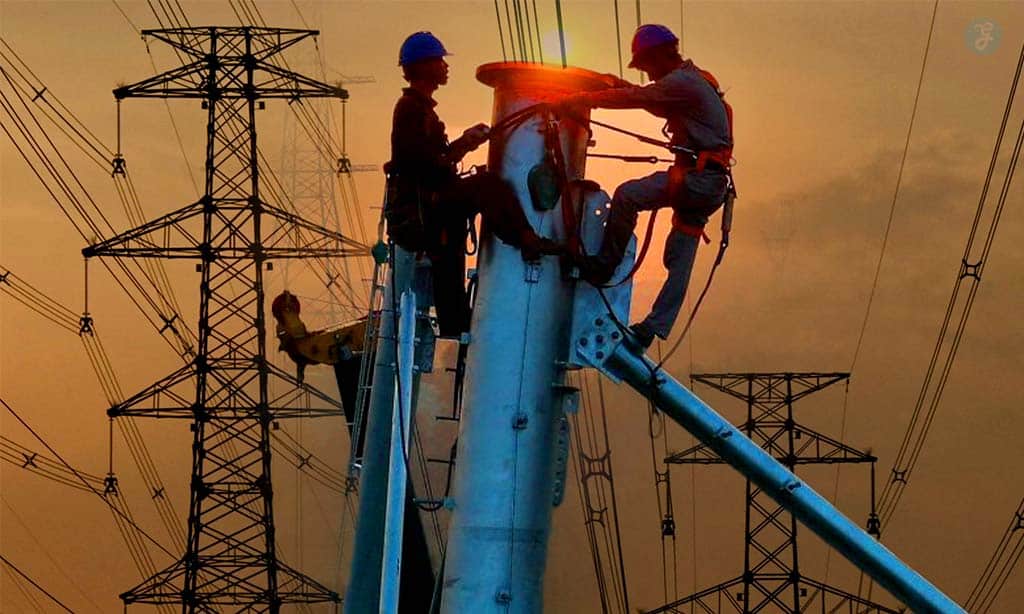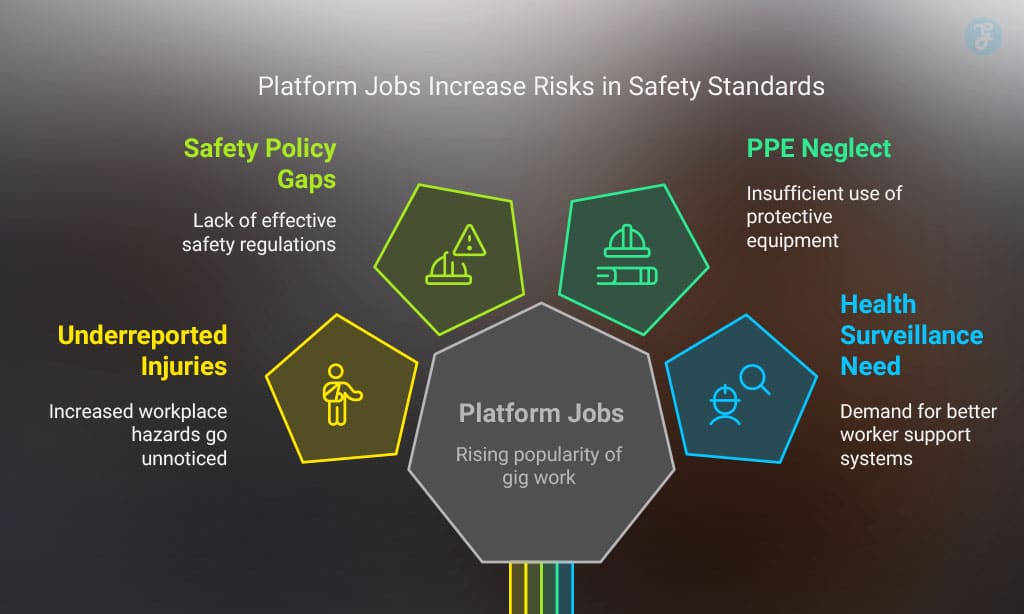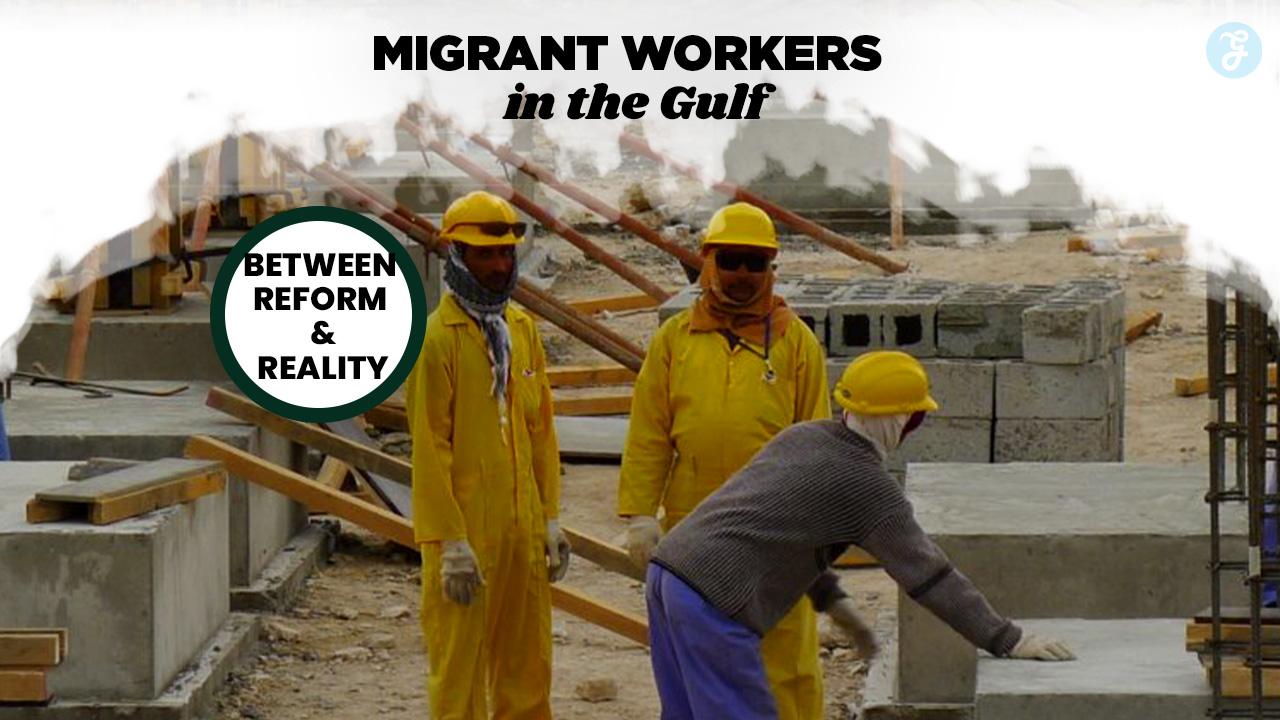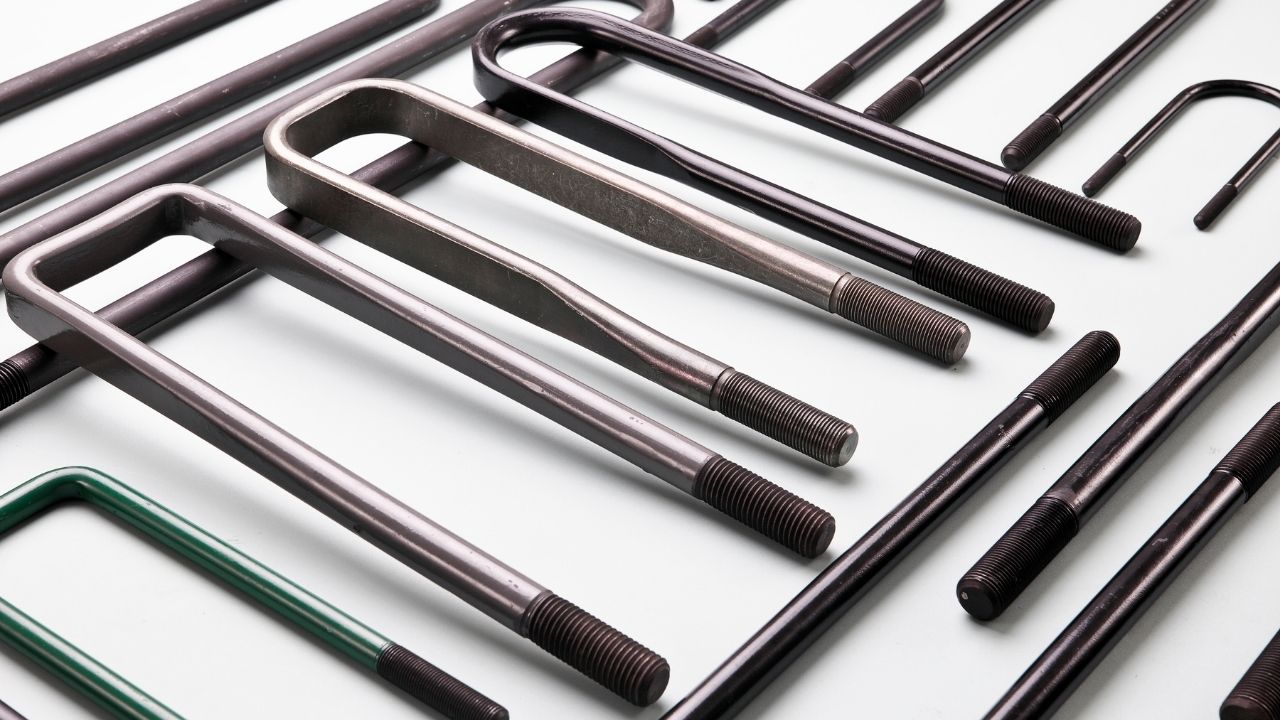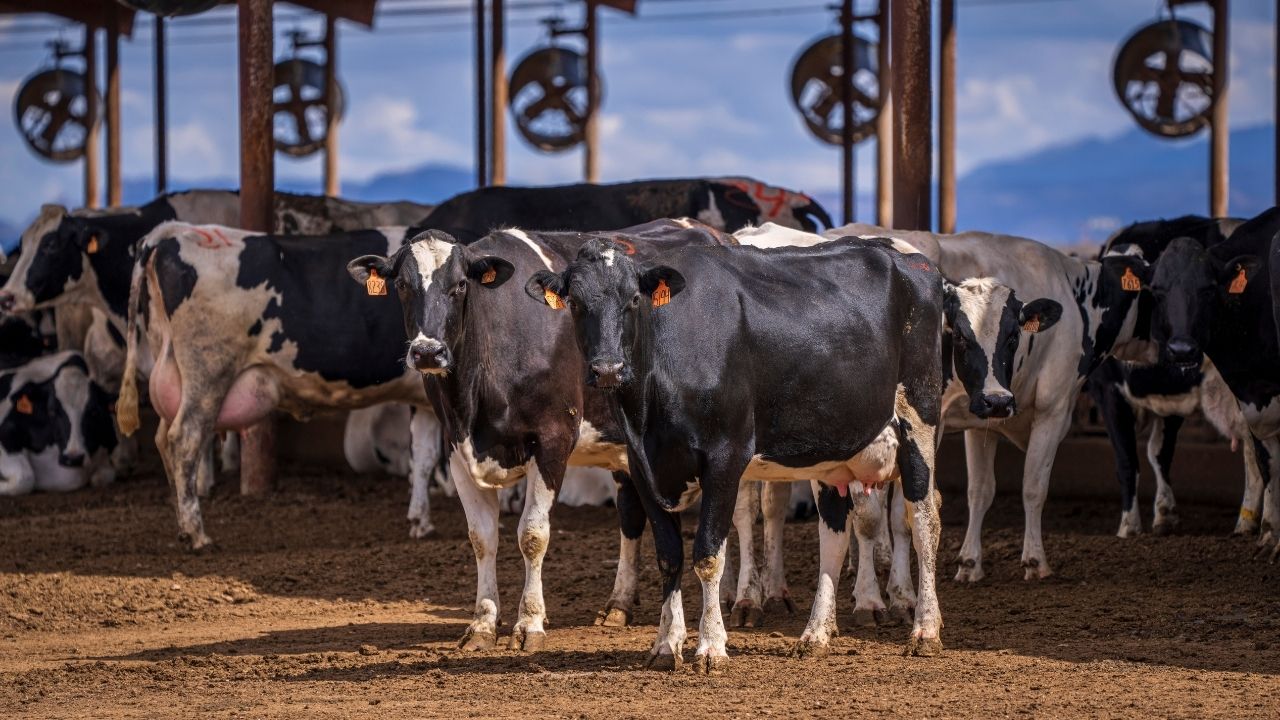Today, we’re talking about the most dangerous industries in China with the highest workplace injury claims. This topic looks into which jobs have the most injuries and what makes them so risky.
For example, did you know that coal mining in China had 375 people die in just one year? Building sites are also very dangerous, causing more deaths than other workplaces in 2018.
We will explore various sectors like chemical manufacturing where nearly 1,317 people died from explosions over two decades. Other areas include transportation, where many truck accidents happen but aren’t always reported properly.
Plus, making fireworks leads to about 400 deaths each year.
We’ll also look at oil and gas fields with lots of severe injuries and agriculture work being very deadly for farmers. Making things in factories used to be even riskier before recent years showed some improvement.
And there’s more – from building ships to dealing with waste water and growing food or fish farming. Each has its own dangers that lead to workers getting hurt a lot.
To wrap up, we’ll compare these different jobs to see just how many folks get injured while working on them across China.
Coal Mining Industry
Coal mining is one of the most dangerous jobs in China. In 2017, there were 375 deaths reported from this industry alone. Most accidents happen deep under the ground where miners face risks like roof falls and gas explosions.
The use of personal protective equipment (PPE) is a must to keep miners safe.
Miners who are between 21 and 30 years old are more likely to get hurt, especially during night shifts from 10 PM to 6 AM. A big reason for injuries is that mine roofs can collapse easily.
This puts every miner at risk every time they go underground.
Facts show that wearing safety gear lowers the chance of getting hurt by a lot. Yet, accidents still happen, showing how hard it is to make coal mining completely safe. To learn more about work safety and health measures in coal mines, check sources like the International Labor Organization and World Health Organization websites.
Construction Industry
The construction industry is full of risks. Workers face dangers every day, from high places to moving machinery. In July 2018, this field was named the most dangerous in China due to its high number of workplace deaths and injury claims.
This fact shows the urgent need for better safety measures.
Workers often lift heavy things and use powerful tools. They work on tall buildings or deep holes in the ground. These tasks can lead to serious injuries if something goes wrong. Safety gear like helmets and harnesses can help, but accidents still happen.
The government and companies are trying hard to make construction sites safer. They teach workers how to stay safe and check that rules are followed. Despite these efforts, improving safety in the construction industry remains a big challenge.
Chemical Manufacturing Industry
The chemical manufacturing industry is one of the most dangerous sectors in China. From 2000 to 2020, it saw 55 hazardous accidents, causing a shocking 1,317 deaths. Many workers face risks from toxic substances and explosions.
Accidents often happen due to errors or poor safety practices.
Workers need personal protective equipment (PPE) to stay safe. Proper training can help reduce workplace injuries. Safety regulations must be strictly enforced to protect employees from occupational hazards.
Unfortunately, many factories fail to meet these safety standards. As a result, industrial accidents keep happening… and lives are lost.
Metal and Nonmetal Mining Industry
The metal and nonmetal mining industry is one of China’s most dangerous fields. Workers face many risks every day, including falls, equipment failures, and exposure to hazardous chemicals.
Roof-related accidents are particularly common in this sector. Young miners aged 21 to 30 have the highest chance of getting injured while on the job. This age group often works during night shifts, which are more dangerous than day hours.
Injury rates spike from July to September. During these months, conditions like heat stress can lead to serious workplace safety issues. Companies must improve their safety standards and provide proper training.
Personal protective equipment (PPE) is crucial for keeping workers safe in such a risky environment. Focused attention on occupational health can reduce these injury claims significantly.
Transportation and Logistics Sector
The transportation and logistics sector is one of the most dangerous in China. It includes delivery drivers, truckers, and those who handle goods at warehouses. This industry faces many dangers.
Traffic accidents are common. Trucks often collide with cars or pedestrians. The safety of workers is a major concern here.
In terms of statistics, this sector has high rates for workplace injuries. The Transportation Recordable Incidents (TRI) rate and Days Away from Work (DAFW) rate are among the highest in China.
Many injuries go unreported, which makes it hard to see the full picture of hazards in this field. Workers face industrial accidents every day due to poor working conditions and lack of safety training.
Health and safety standards need improvement in transportation jobs. Many drivers do not use personal protective equipment (PPE). They also deal with long hours on the road, leading to fatigue and job stress.
These factors increase the risk of accidents significantly.
Fireworks and Explosives Industry
China leads the world in fireworks production, making 90% of all fireworks globally. This booming industry is valued at about $4 billion. Yet, it comes with serious risks. From 1986 to 2005, an average of 400 people died each year due to accidents related to fireworks.
The Nanyang explosion in 2014 highlighted these dangers; it killed 14 workers.
Most workers in this field are rural women. They face hazardous chemicals and dangerous machinery daily. Safety standards often fall short, putting many at risk for severe injuries or fatalities.
With proper use of personal protective equipment (PPE) and strict safety policies, workplace conditions can improve significantly.
Power and Electricity Sector
The power and electricity sector is one of the most dangerous industries. Workers face many risks and dangers every day. Falls, electric shocks, and equipment failures are common issues.
These incidents make up a large part of workplace injuries, accounting for about 59.65% of all accidents in this field. More accidents happen in April and August than at other times.
Employers must focus on safety policies to protect their workers better. Personal protective equipment (PPE) can help lower the number of injuries significantly. In recent years, there has been a notable reduction in fatalities within this sector by 2021, but challenges remain with occupational hazards that affect public health.
Strong rules for emergency management can also make workplaces safer for everyone involved.
Oil and Gas Extraction Industry
The oil and gas extraction industry is one of the most dangerous jobs in China. Workers face many risks every day. This sector has a high rate of industrial accidents. Many workers suffer from serious injuries or even die while on the job.
Severe injuries are reported often. From 2015 to 2022, there were over 2,100 severe injury claims in this industry alone. These claims highlight the need for better safety standards and occupational health services.
Upper extremity injuries make up about 42.6% of these cases. The number shows that workers need personal protective equipment (PPE) to stay safe.
Contract workers are especially vulnerable in this field, with reports showing hundreds receiving amputations during their workdays. Underreporting is also an issue; many incidents go unclaimed, hiding the actual risk present in operations like drilling and refining oil and gas wells.
Companies must focus on risk management strategies to protect their workforce better and reduce hazardous working conditions.
Manufacturing and Factory Work
Manufacturing and factory work can be risky. Many workers face dangers every day. These jobs often have high rates of occupational injuries. Workers deal with heavy machinery, sharp tools, and hazardous chemicals.
This leads to accidents such as cuts, burns, or even worse.
In 2014, around 70,000 workers died in China due to industrial accidents. The numbers were down from 75,572 deaths in 2011 but still very concerning. Safety violations remain common in this field.
Employers must improve safety standards to protect their staff better. Personal protective equipment (PPE) is vital for keeping workers safe on the job. Ongoing safety improvements are necessary to reduce fatalities further.
Shipbuilding and Heavy Machinery
Shipbuilding and heavy machinery work is dangerous. Workers face many risks, including falls, accidents with equipment, and exposure to harmful substances. Many workplace injury claims come from this industry.
Historical data shows serious health issues like pneumoconiosis in these jobs. Without specific statistics on injuries or claims, it’s hard to see the full picture of safety here.
There is growing concern for worker safety in this sector. New updates in workplace safety standards aim to protect employees better. Better training and a focus on occupational health can improve conditions at these workplaces.
Using personal protective equipment (PPE) also helps keep workers safe from hazards like noise-induced hearing loss and contact dermatitis. High-risk industries like shipbuilding need stronger safety policies to prevent fatal accidents.
Water Treatment and Waste Management
Water treatment and waste management are vital sectors in China. They help keep our environment clean and safe. Workers face many dangers in this field. Industrial accidents happen, often due to hazardous chemicals or faulty equipment.
This can lead to serious injuries or even fatalities.
Proper safety standards are crucial for these workers. Personal protective equipment (PPE) plays a key role in keeping them safe from harmful substances and situations. Health professionals stress the importance of medical surveillance for workers exposed to risks daily.
Regular risk assessments help identify hazards before they cause harm.
These industries also deal with a lot of migrant workers. Many come looking for jobs but may not know about occupational health and safety measures available to them. Training programs can improve their understanding of workplace safety, reducing industrial injury claims significantly over time.
Agriculture and Forestry Industry
The agriculture and forestry industry sees a high risk of injuries. In Hubei, 33% of farmers reported getting hurt. Injuries often happen with hand tools, which cause about 50% of accidents.
Falls account for another 26%. Low income and limited education make these risks worse for workers. Pesticide exposure also adds to the danger, leading to more injuries.
Occupational hazards like heavy lifting and working in rough conditions are common here too. Migrant workers face even higher risks due to poor safety measures. Safety standards need improvement in this sector.
Using personal protective equipment (PPE) can help reduce injury rates significantly.
Fishing and Aquaculture Sector
Fishing and aquaculture in China face many dangers. In 2016, this sector saw tragic losses. Around 165 workers lost their lives due to accidents while working on fishing vessels or farms.
The industry also suffered significantly from environmental issues, with 1.06 million hectares of aquaculture space being lost. This led to the loss of approximately 1,987 fishing boats and an economic blow of CNY 2.87 billion.
Despite safety initiatives, risks remain high for workers in this field. Occupational hazards include exposure to hazardous chemicals and unsafe equipment. Many migrant workers toil without proper personal protective equipment (PPE).
These challenges highlight the need for better safety standards and regulations to protect those who work on our waters.
Textile and Garment Manufacturing
Textile and garment manufacturing is one of the most dangerous industries in China. Workers face many risks daily. They work with heavy machines and hazardous chemicals. The danger is real, with high workplace injury claims reported each year.
Many factories do not meet safety standards. Personal protective equipment (PPE) is often lacking, which makes the job even riskier.
Factories have been known for deadly accidents. For instance, in 2013, the Rana Plaza building collapsed in Bangladesh, killing 1,138 workers. Such tragedies raise concerns about how businesses handle worker safety worldwide.
Despite improvements from groups like the International Accord—over 190 brands signed this agreement to improve safety—the issue persists within this industry.
Migrant workers often fill these jobs but lack adequate training on workplace hazards. They may not know how to use PPE or recognize dangers around them. Safety policies are vital to protect all employees from accidents and injuries during their shifts—yet many factories fall short of enforcing these regulations effectively.
Emerging Risks in Platform Economy Jobs
Platform economy jobs are gaining popularity. These jobs include delivery drivers and freelance workers. They often face many risks, but these can be hard to see. For instance, delivery drivers work in a dangerous job with a high number of traffic accidents.
Each year, thousands suffer injuries or worse while on the road.
Most of these workplace injuries go unreported. Many workers do not feel safe sharing their experiences due to fear of losing their jobs. This underreporting makes it difficult for companies to improve safety standards and regulations.
As a result, both personal protective equipment (PPE) use and safety policies need attention in this sector. The rise in platform jobs highlights a need for better occupational health surveillance and support systems for all workers involved in this growing industry.
Comparative Analysis of Workplace Injury Claims in China
Comparing workplace injury claims in China’s industries shows a lot. Here’s a look at the numbers and what they mean for workers.
| Industry | Workplace Injury Claims (2001-2022) | Fatal Incidents | Occupational Diseases |
|---|---|---|---|
| Coal Mining | High | 1.052 deaths | 0.153 cases |
| Construction | Very High | Varies | Not specified |
| Chemical Manufacturing | Moderate | Less than mining | Increased risk |
| Metal and Nonmetal Mining | High | Not specified | 0.153 cases (shared with Coal Mining) |
| Transportation and Logistics | Moderate | Varies | Not specified |
| Fireworks and Explosives | Risky | Higher rates | Not specified |
| Other Industries | Varies | Different rates | Differ among industries |
This table shows us a few things. First, coal mining and construction are very dangerous. They have lots of workplace injuries. Second, workers in these jobs face dangers every day. Third, different places in China have different safety rates. The west has more problems. Last, young people who are new to a job are at a big risk, especially in small companies.
Safety accidents in coal mines killed 1.052 people. Workers also got sick, with 0.153 getting diseases from their job. These are big numbers. We see that as China’s economy grows, fewer people die at work. This is good news. But, there’s still a lot of work to do to make all jobs safe.
In short, keeping workers safe is key. We need to pay attention to the risks and keep making things better.
Takeaways
Meet Dr. Wei Lin, an established authority on workplace safety and occupational health. With a career spanning over 20 years, Dr. Lin has devoted his skill and expertise to several high-risk sectors within China.
His education includes a PhD in Occupational Health Sciences from a renowned Beijing university. His work is focused on improving safety protocols and reducing incident rates in fields such as coal mining, construction, and chemical manufacturing.
Dr. Lin gives an in-depth analysis of the “10 Most Dangerous Industries In China With The Highest Workplace Injury Claims”. He identifies substantial risks in these sectors due to the use of heavy machinery, exposure to toxic chemicals, and high-pressure conditions.
Such factors can frequently result in on-job injuries or more severe outcomes.
In terms of safety combined with ethical practices, Dr. Lin emphasizes the crucial role of companies adhering to stringent regulations. He promotes the need for transparent incident reporting—which facilitates the enhancement of safety standards over time.
To blend safety culture into everyday work, Dr. Lin recommends continuous worker education on the use of personal protective equipment (PPE) and emergency protocols. This knowledge can be instrumental in averting dangerous situations.
Through a fair assessment, Dr. Lin appreciates the strides made towards improving worker safety yet proposes there’s space for advancement when measured against global benchmarks.
His ultimate conclusion? Although strides have been made in regulating these high-risk industries in China, continued commitment to adopting industry best practices is a significant factor in driving meaningful improvement—a message intended for industry forerunners and decision-makers.
FAQs
1. What industries in China have the highest workplace injury claims?
The construction industry, mining sector, and manufacturing plants dealing with hazardous chemicals are among the most dangerous industries in China. They report a high number of industrial accidents leading to fatal injuries.
2. Why is there a high rate of workplace injuries in these sectors?
These sectors often involve handling heavy machinery or hazardous materials without adequate personal protective equipment (PPE). Also, migrant workers might lack proper training on safety standards and regulations which increases occupational hazards.
3. How do we know these industries are the most dangerous?
Through statistical analysis using regression models and quantitative analysis methods like R-square calculations, independent variables such as the nature of work and safety measures are studied for their correlation with accident rates.
4. What’s being done to improve workplace safety in these high-risk industries?
Safety policies that enforce strict adherence to ergonomics principles, use of PPEs, regular health & safety trainings along with implementation of robust safety management systems can help reduce risk exposure significantly.
5. Are there specific incidents that highlight the need for better work safety in China?
Yes, incidents like mine disasters or industrial accidents such as the Qinghe Special Steel Corporation disaster underscored the urgent need for improved occupational safety and health (OSH) practices across all sectors but particularly within high-risk ones.
6. Can psychosocial hazards also contribute to workplace injuries?
Absolutely! Psychosocial hazards may lead to stress-related illnesses or psychosomatic symptoms which can indirectly increase chances of errors at work thus causing accidents.


